Have you ever felt like you are paying more for your morning coffee with every passing year? It’s not just you — most people have noticed that coffee is getting really expensive.
It seems coffee prices are on an endless upward trajectory, whether you brew coffee at home or enjoy specialty coffee drinks from cafes. Although coffee is a popular everyday beverage, it may as well be a rare luxury good if you look at the costs.
But why is coffee so expensive?
Coffee prices are made up of many factors, and any changes can quickly raise prices. Read on to learn what makes up the cost of coffee and why your favorite brew is so pricey.
Are coffee prices going up?
You might be wondering if we aren’t overreacting just a bit. Is coffee getting all that costly?
The answer is yes, unfortunately. The average cost of coffee is rising worldwide.
Now, the cost of a cup of Joe can fluctuate wildly depending on how and where you buy it. One dollar can get you multiple cups when you make them at home, while at coffee shops, it won’t buy you even a single serving.
Instead, it’s better to look at the average price of roasted coffee. The higher the wholesale prices of coffee are, the more you pay per cup — whether at cafes or grocery stores.
Sadly, market data tells a grim tale about the average coffee price. The prices of coffee in America have soared over the past 10 years.
A wholesale unit of roast coffee cost slightly over $50 in 2012, while in 2022, the price had climbed above $63. According to estimates, that same unit will be approaching the $70 mark.
Those who enjoy the convenience of instant coffee have probably seen the price increase even more. The instant coffee wholesale price went up from $111 in 2012 to nearly $142 in 2022.
There are always fluctuations in every market, though, and coffee is no different. Coffee isn’t even at its most expensive — a pound of coffee cost almost twice as much in March 1977 compared to what it costs now.
Nonetheless, the numbers don’t lie. The cost of coffee is going up on the market, which means all buyers, from home brewers to specialty coffee roasters and chains like Starbucks, pay more for their coffee beans.
And since the raw material is getting pricier, so is the end product. Long story short, a cup of coffee is getting more expensive, no matter whether you brew it yourself of buy it in a coffee shop.
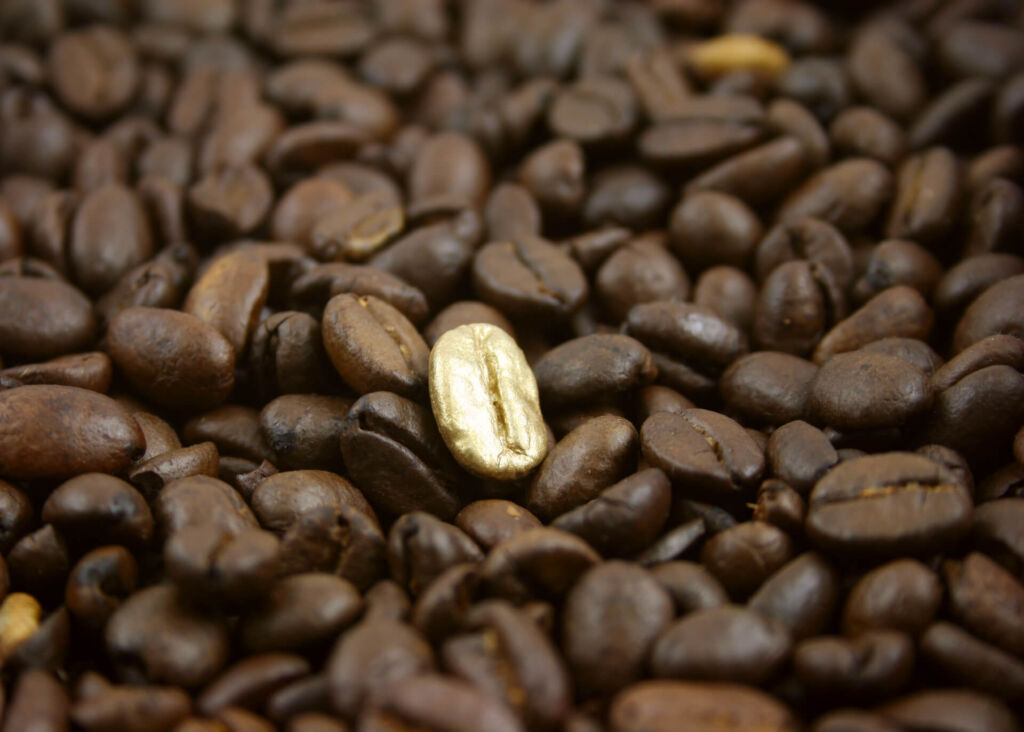
6 reasons why coffee is becoming so expensive
The most significant factor affecting coffee prices is coffee beans’ extremely long journey from the field to your cup. During coffee growing and processing, many factors can increase its cost.
Here are six major reasons that affect the price of your coffee.
1. Coffee plants grow slowly
Just like coffee drinkers can’t rush when brewing a good cup, coffee producers can’t rush coffee plants to grow. Depending on the variety of the coffee, it takes 3 to 5 years for a newly-planted coffee tree to produce fruit.
Imagine that disease or a natural disaster wipes out most of a coffee grower’s crops. Even if they planted new ones immediately, it would take years before the farmer could recover from the loss.
Meanwhile, there’s suddenly a whole lot less coffee on the market. At this point, it becomes a supply-and-demand issue — both producers and final consumers must fork out more cash for the remaining beans.
With negative environmental impacts increasing, replacing destroyed coffee trees with new ones leads to rising costs.
2. Coffee needs a lot of labor
Labor costs potentially have the most significant impact on the cost of coffee compared to all the other factors. Coffee farming, processing, and production require a lot of people, and they all need their pay.
Coffee farms are often huge, so you need a lot of employees to plant new trees. Once harvest time comes around, coffee farmers collect beans from the field using one of two methods:
- Selective picking sees workers gather only ripe coffee beans by hand or a special machine. It ensures the high quality of the beans but is also very slow and costly.
- Strip harvesting involves stripping all coffee beans off a branch, whether ripe or not. This is a common method in Brazil due to the country’s vast stretches of flat farmland. Stripping is fast and cheap, but it results in lower-quality coffee.
After harvesting, coffee beans are processed and packed for export. Then, they head off to various locations for roasting.
But getting coffee to cafés and coffee lovers is still not done. Coffee roasters still have to sell their beans, so they must hire marketing experts, salespeople to sign supply contracts, and other staff.
The global coffee supply chain has thousands, if not millions, of links. With ongoing inflation and rising costs of living, labor costs are sending the price of coffee sky-high.
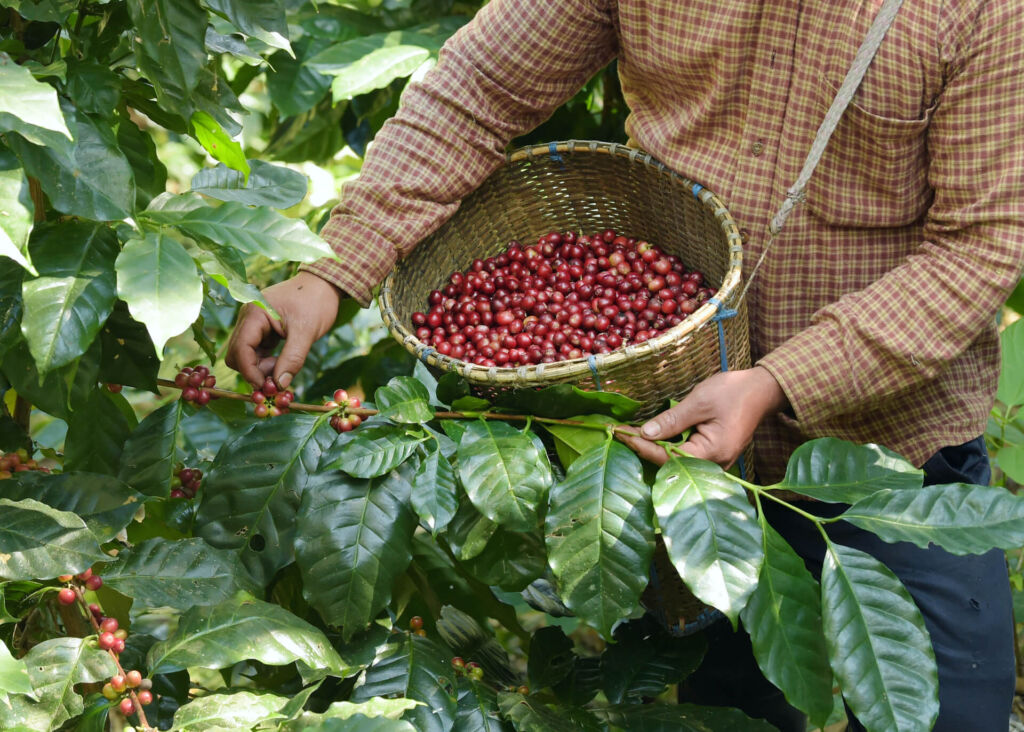
3. Coffee is suffering from climate change
There’s been a lot of debate about the causes and effects of global climate change. One thing is certain — the changing climate is pushing up coffee costs.
Coffee plants are quite delicate and require specific climate conditions to grow and ripen the fruit. You might think that increasing temperatures make coffee farming easier, but it’s the opposite.
Higher temperatures allow pests and diseases to survive in areas where they previously couldn’t. Coffee farmers have to spend more on protecting their precious crops.
Additionally, some coffee-growing regions are getting too hot, and coffee plants have begun to die simply from the heat.
Changing climatic patterns are also having an impact on coffee. For example, coffee growers in South America and Indonesia have struggled with a persistent drought for more than a year, with no rain expected in the near future.
4. Coffee is getting better
The modern consumer has very demanding tastes. The global coffee industry is doing its best to cater to the latest coffee trends.
But as you surely know, making higher quality products is more difficult. There’s only so much premium quality coffee to go around, which raises its price.
With people increasingly concerned about the environment and social issues, having Fairtrade and Rainforest Alliance stickers on a can of coffee is a great marketing tool. But that requires coffee farmers to use certain methods and labor practices that are not the cheapest.
Additionally, the global coffee culture has changed to become more diverse. We want specialty coffee to make pour-over, espressos, and flat whites. Single-origin beans roasted to perfection have become the expectation of an educated coffee drinker.
Well, the coffee industry is serving us exactly what we want. But the higher coffee quality translates directly to higher prices.
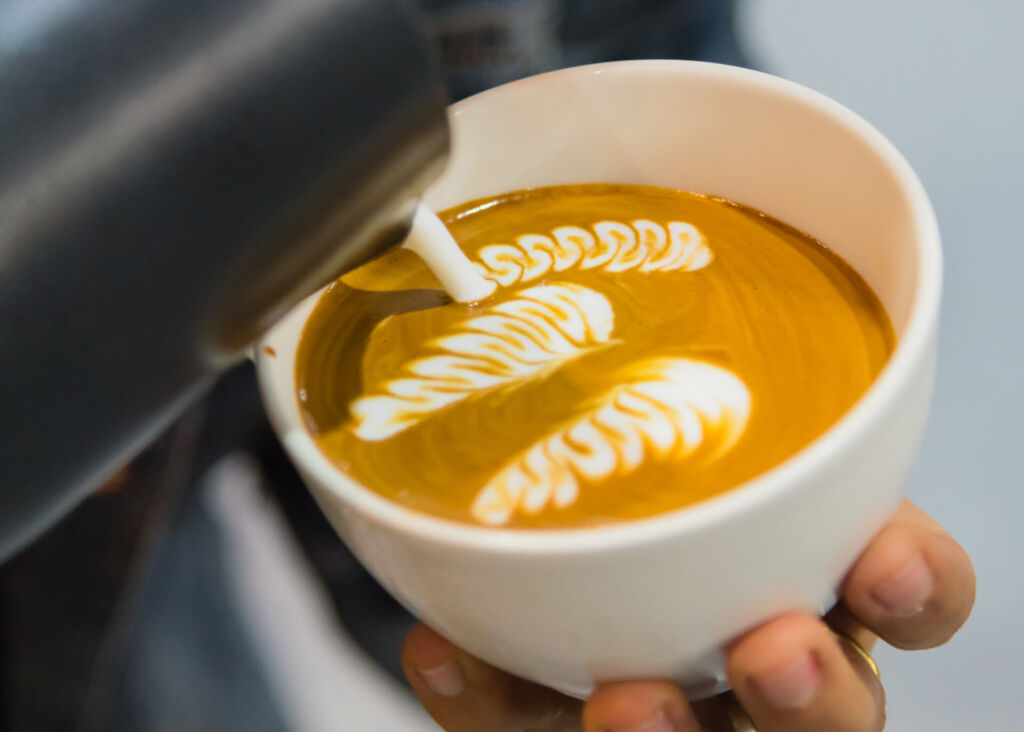
5. Coffee has to be shipped
America has more than 2,000 coffee roasters, but the domestic coffee farming industry is practically nonexistent. Hawaii is a well-known coffee-growing region (Kona coffee, anyone?), but apart from that, only California has a handful of coffee growers.
The primary coffee-growing regions are South and Central America, Africa, and Southeast Asia. We have to ship or fly practically all of our coffee into the country from abroad.
Ships and planes won’t run without fuel and maintenance, and the vehicle operators must get paid. Shipping cost represents a vital part of what makes up the price of your cup.
To make things worse, transportation companies worldwide have suffered from a shortage of shipping containers for the past few years. With fewer opportunities to transport coffee, the price only creeps higher.
On top of that, coffee import taxes add another chunk to the logistics costs.
6. Coffee supply can’t meet the demand
Every issue impacting coffee production — from the cost of labor to supply chain problems and environmental factors — leads to one final result: we don’t have enough coffee.
The laws of supply and demand dictate that the lower a product’s supply is, the more customers must pay for it. Every coffee bean lost to drought, heat, pests, or other factors influences the price of whatever is left on the market.
Making matters worse, apart from a few countries like Colombia, coffee plants yield only one harvest yearly. As such, a coffee farm can produce only a limited amount of coffee beans annually.
Global coffee production is rising annually for the time being, but coffee consumption and demand are growing faster. Coffee producers can’t keep up with market demand, and the pressure leads to higher prices.
Some experts have recently said that we might face a worldwide coffee shortage by 2050. If getting your hands on coffee is expensive now, imagine what the situation might be in the future.
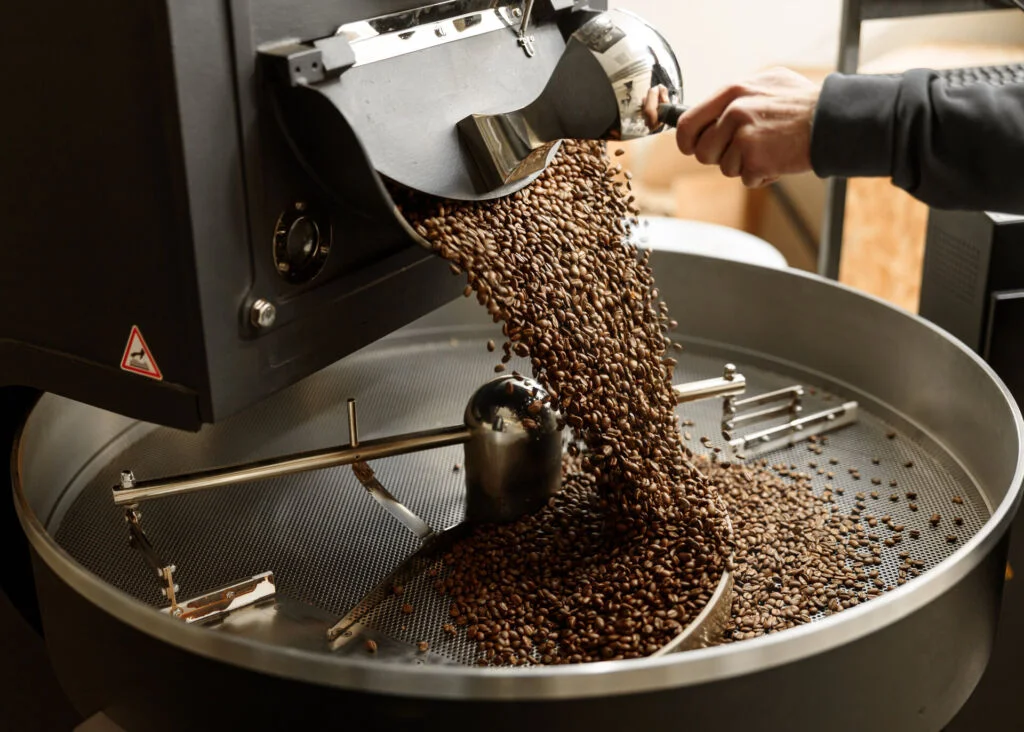
Why is coffee at cafés so expensive?
If the costs of home brewing have grown, the situation is worse at coffee shops. Rising business costs and overheads at cafés can make your latte or flat white order quite pricey.
First of all, paying the coffee shop staff is a huge expense. Just as with the workers on coffee farms, inflation and costs of living are raising the amounts coffee shops must pay every barista.
Running a coffee shop requires different equipment, from espresso machines to grinders and other coffee brewing equipment. These machines are expensive to purchase and maintain or repair.
There are also a bunch of running costs, such as rent, energy, utilities, and supplies for coffee drinks, like milk (dairy and plant-based), flavorings, syrups, and more.
Finally, coffee packaging, cleaning supplies, marketing, and business insurance add their share.
The price of your coffee includes all of the above things and more on top of buying coffee. Changes to any of these costs leave the cafe no choice but to hike its prices so it can afford to remain in business.
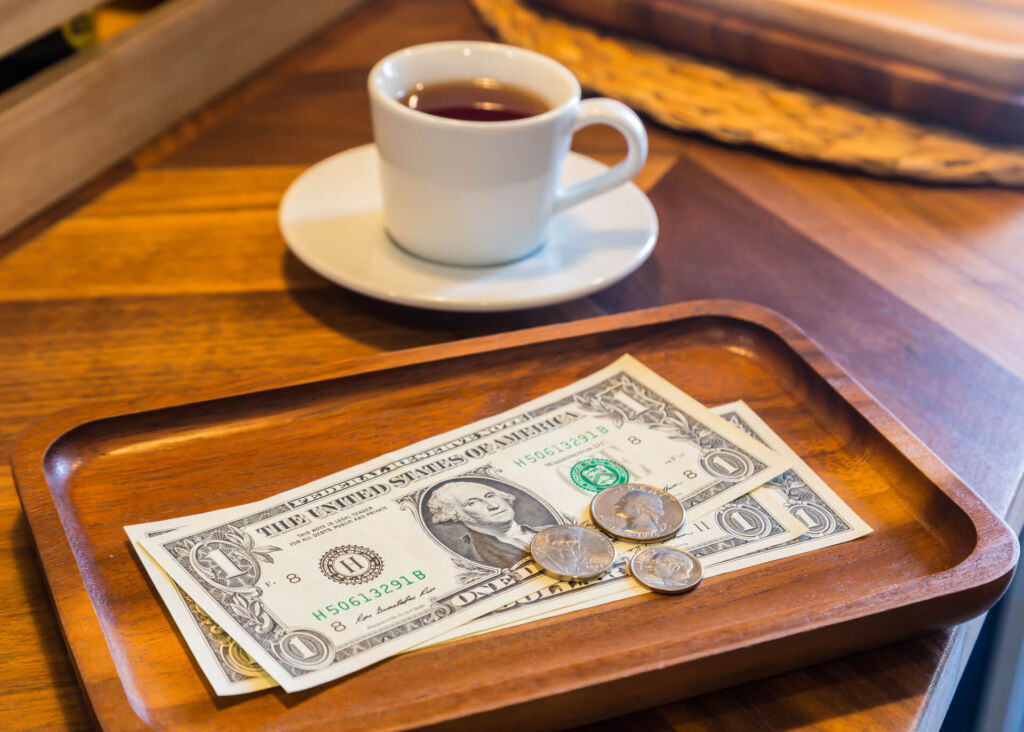
Tips on how to save money on coffee
Faced with these ever-increasing prices, you might be trying to figure out how to enjoy coffee daily without wreaking your budget. Here are a few ways that can help you save money on coffee.
Make coffee yourself
Having a barista expertly whip up a delicious cup of coffee is great, but it comes at a cost. Instead of getting your morning cup at a coffee shop, consider brewing coffee yourself.
According to the USDA, home-brewed coffee with milk and sugar costs around 28 cents. Now, compare that to most coffee drinks at cafés that cost up to $8 per serving.
There’s something to be said for supporting small businesses, but if your wallet is hurting, it might be worth it to invest in a coffee maker for your home or office.
Switch to a cheaper coffee variety
Americans love their fancy single-origin coffees, but buying them can be expensive, especially if you drink coffee daily. You can still enjoy delicious coffee while using cheaper coffee beans.
Simply changing to coffee produced elsewhere can save you quite a bit of cash. Explore alternative options, and you might find an equally tasty coffee that doesn’t cost as much.
You can also ditch smaller coffee packages and buy coffee in bulk. You’ll have to store it properly, but bulk discounts can significantly reduce your expenses.
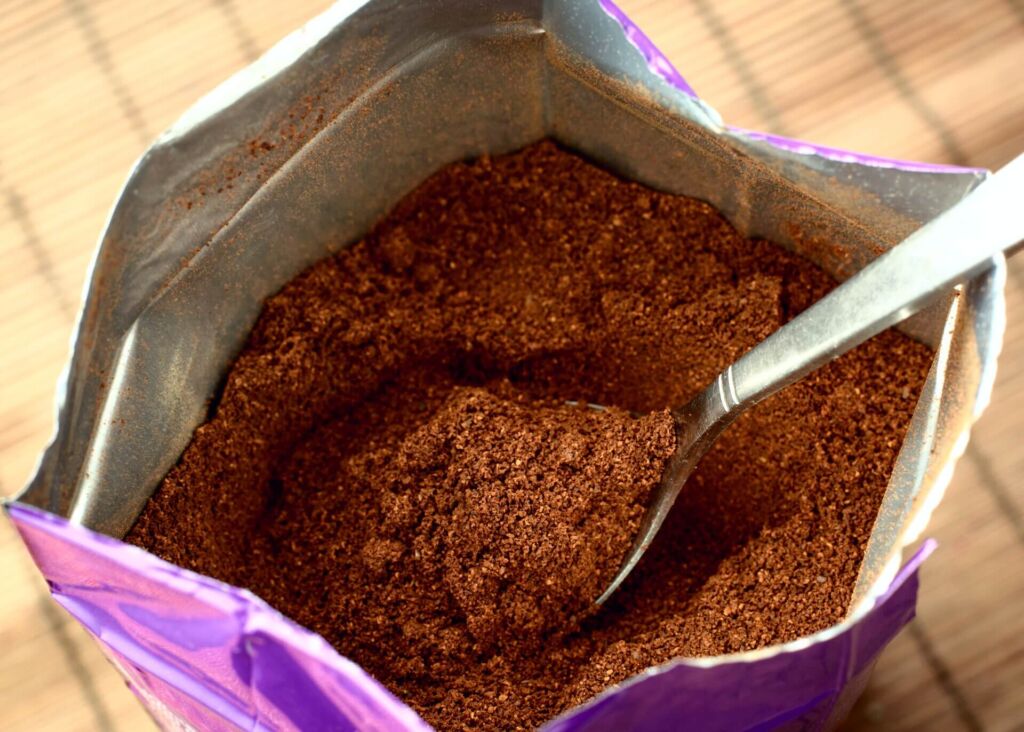
Learn to drink coffee black
Coffee additives such as flavored syrups and creamers don’t add much to the price of a single serving, but they add up over time. If you train yourself to drink black coffee, you can save money.
As a bonus, you might even enhance your coffee experience. Drinking plain coffee allows you to savor its complex flavors and aromas better.
Use a reusable coffee cup
Some cafés give you a discount if you bring your own coffee cup. Buy a good reusable travel mug, and it will quickly earn its keep.
Not only can a reusable cup save you money, but you will also likely improve your coffee experience. A well-insulated mug will keep your drink at the ideal temperature for a long time. You won’t have to throw out the last lukewarm sips and buy another coffee.
Make use of discounts and loyalty cards
If you are used to a lunchtime brew, find a restaurant that serves free coffee with food. Keep an eye on your favorite cafe’s social media account to spot promos and discounts.
Loyalty cards are another great way to save or receive a free coffee. Many chains like Starbucks and even specialty coffee shops have loyalty cards (or apps) these days, so you can get free coffee on some occasions, like your birthday, or get a free coffee after you purchase eight or ten coffees and collect stamps on your loyalty card.
So, why is coffee so expensive? The global coffee supply chain is complex, and hundreds of factors impact coffee prices. Now that you understand the most important of them, it should start making sense why your brew’s cost is rising.
And, perhaps, you can now appreciate your coffee a bit more, knowing how much work it takes to make it happen.
